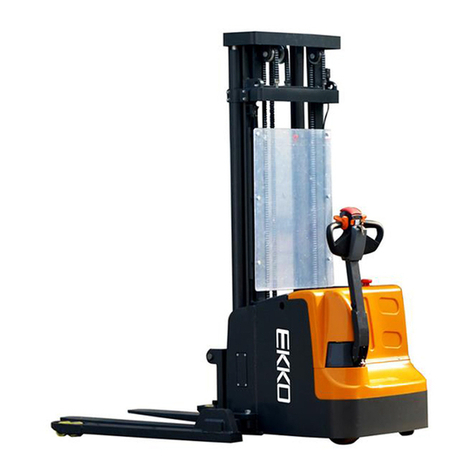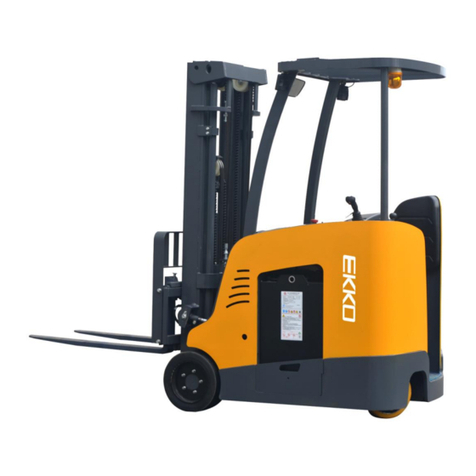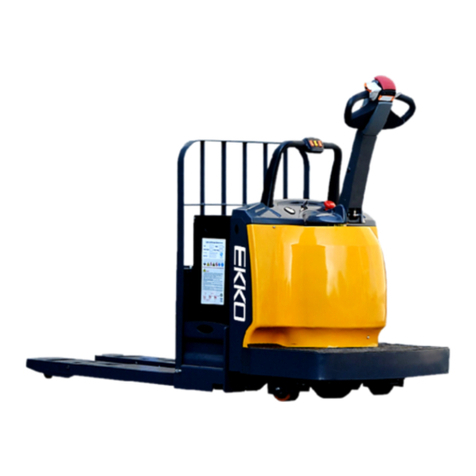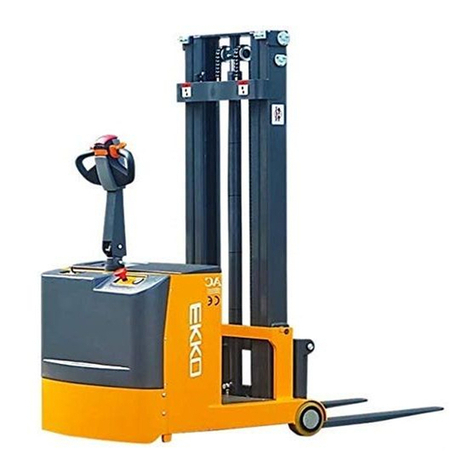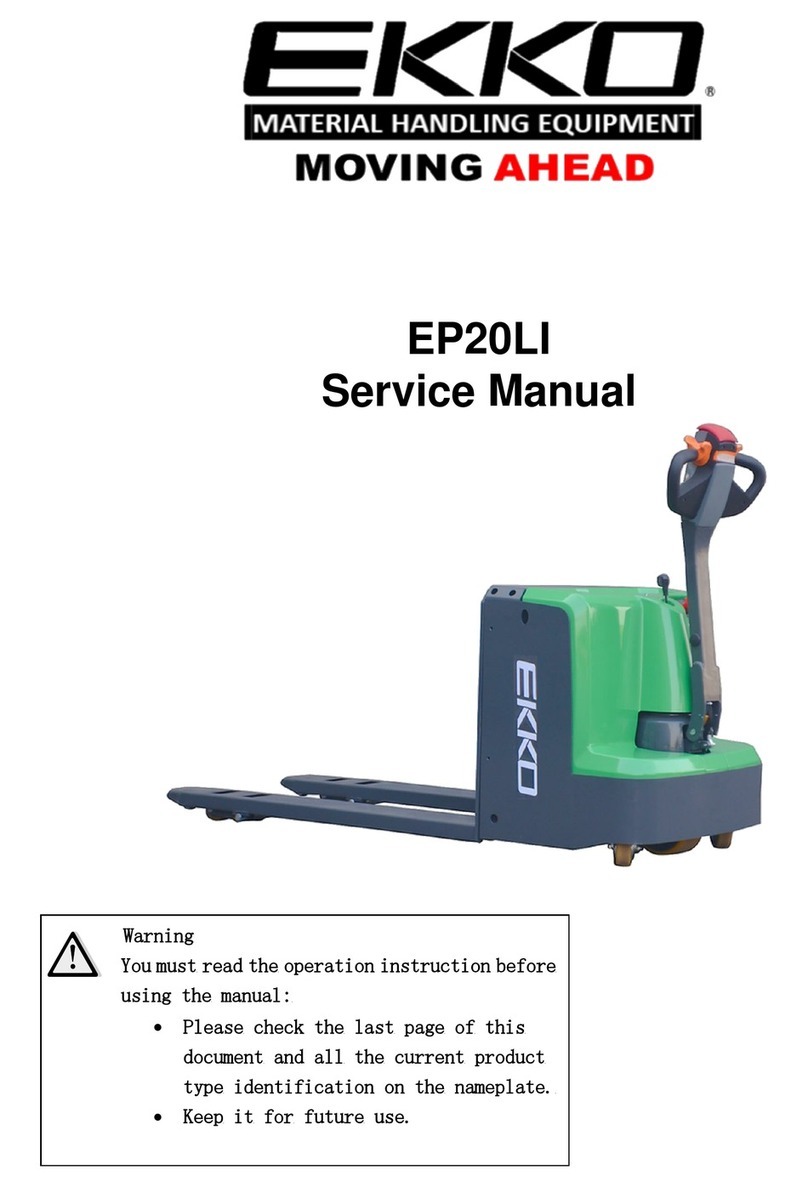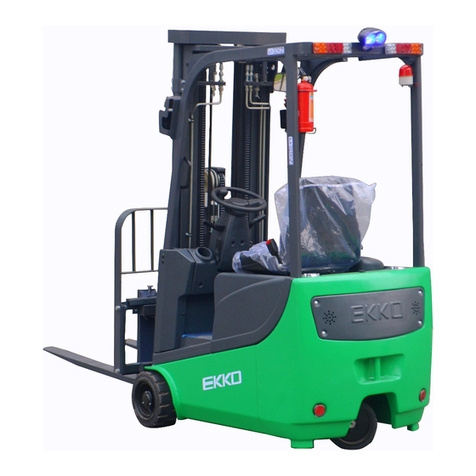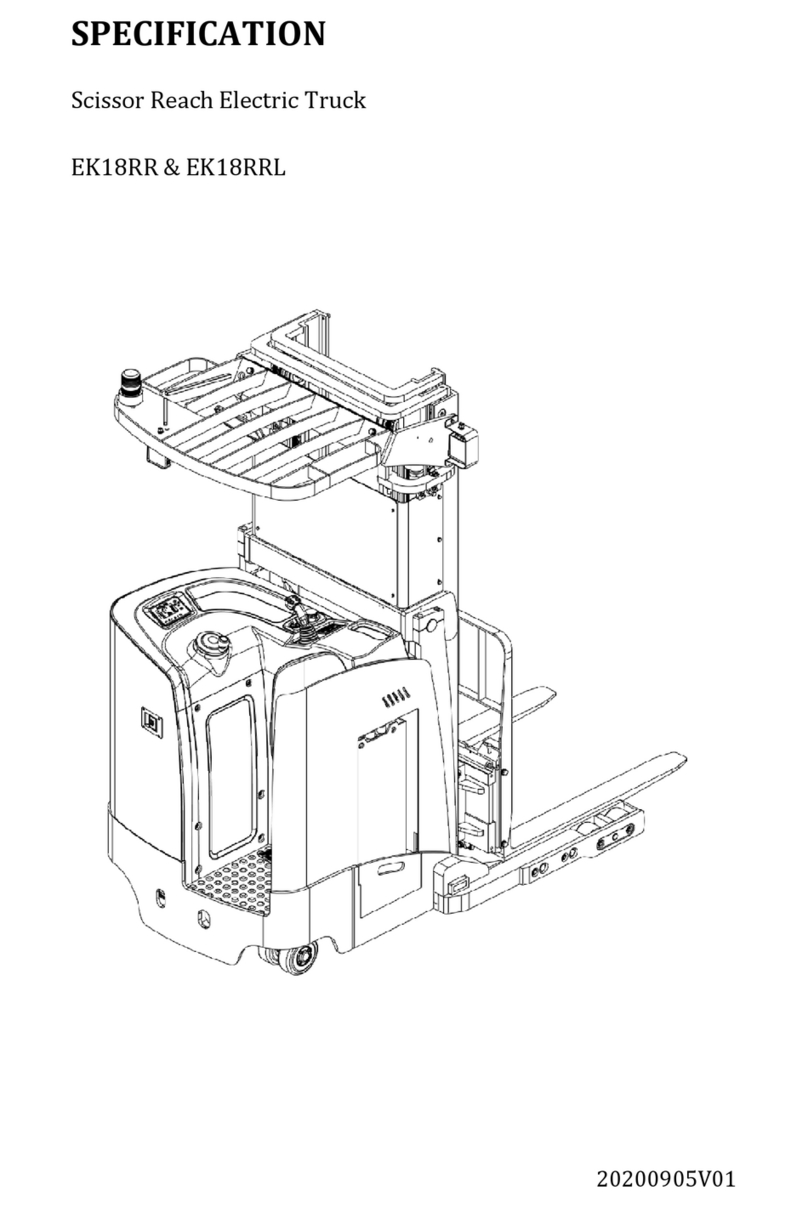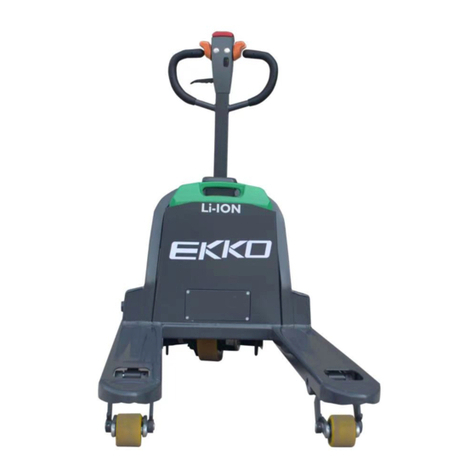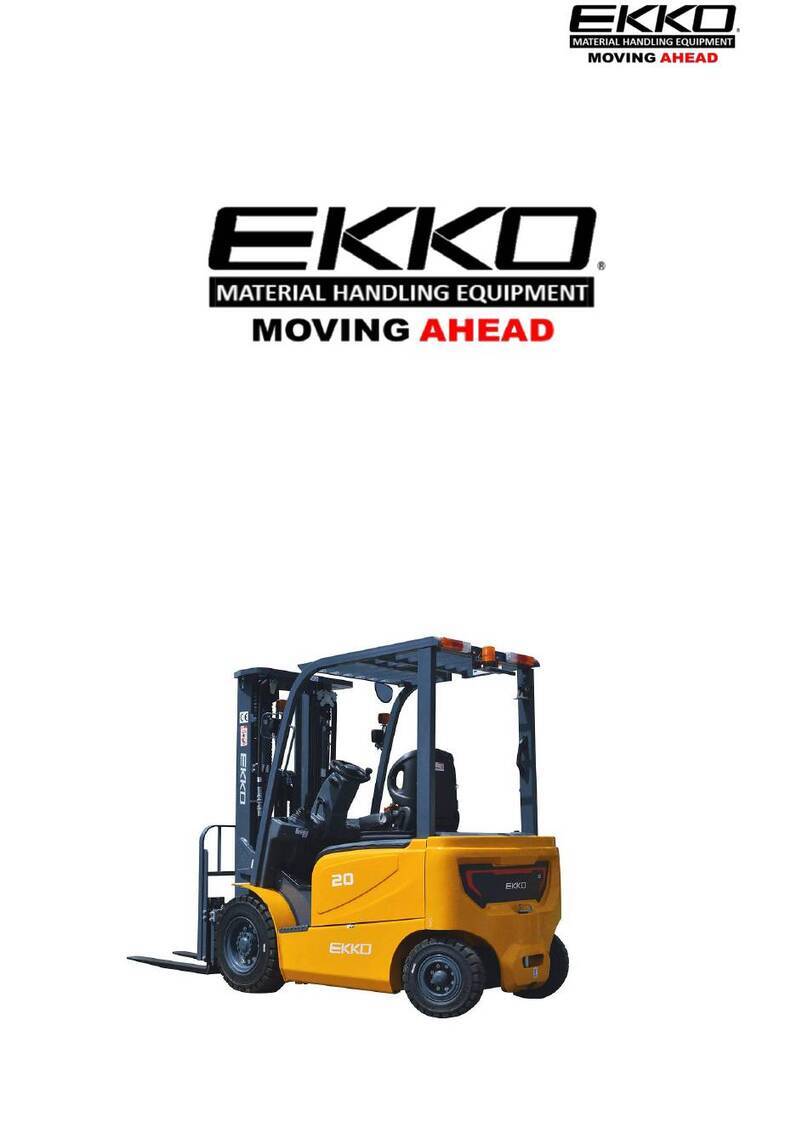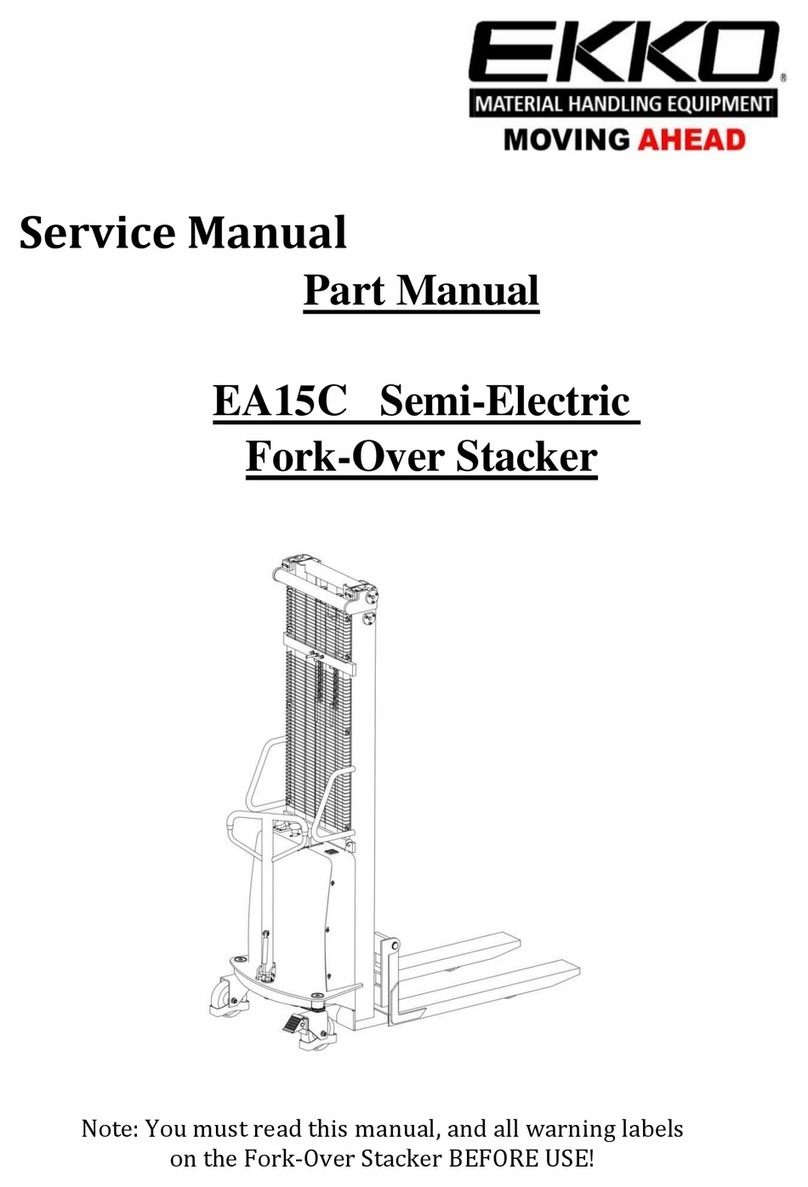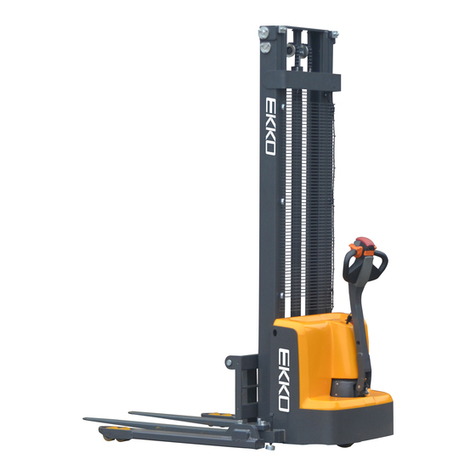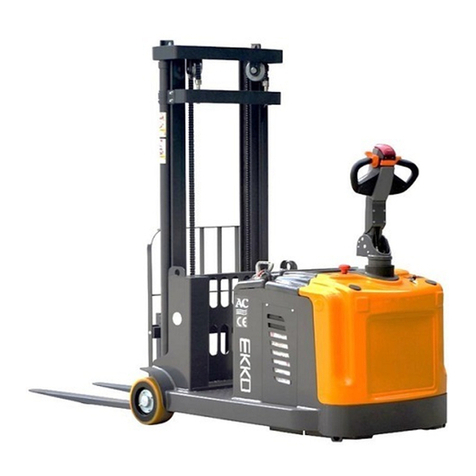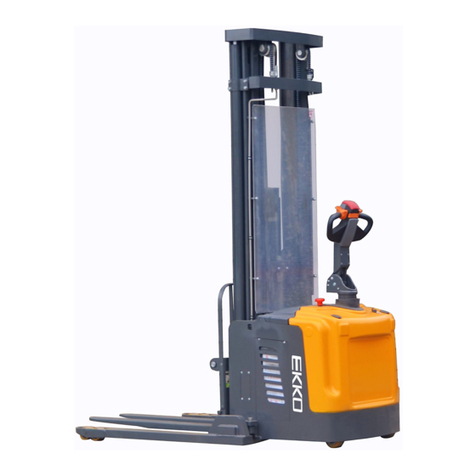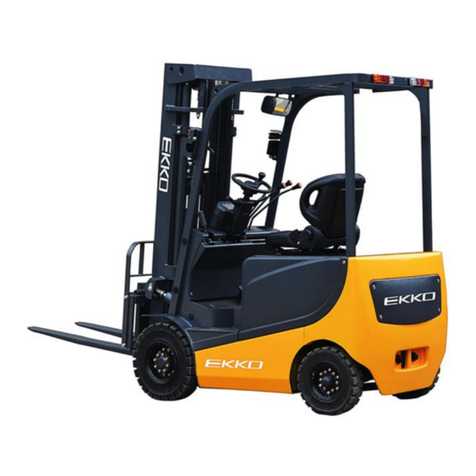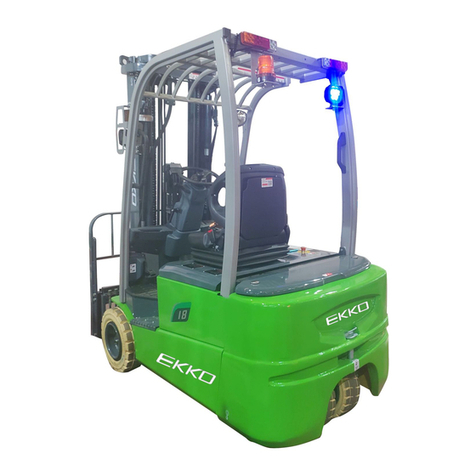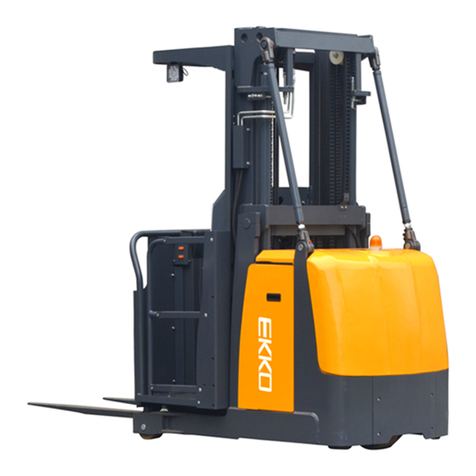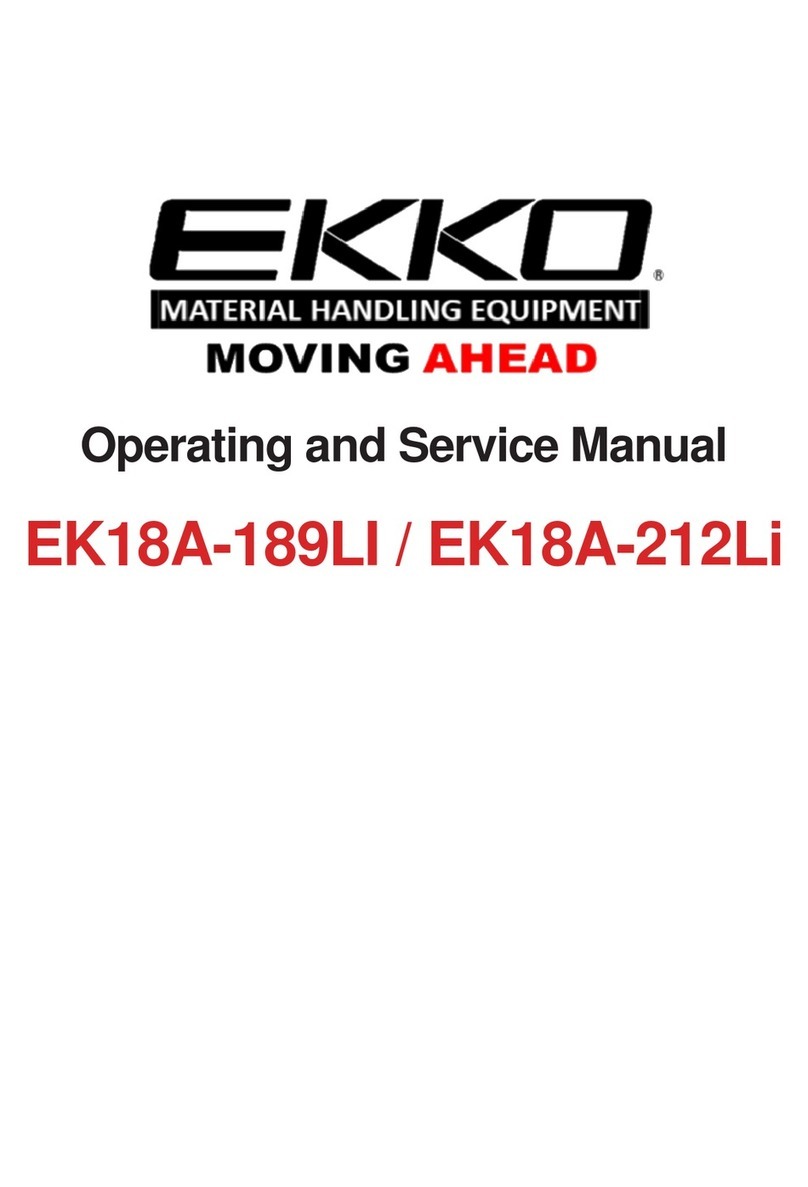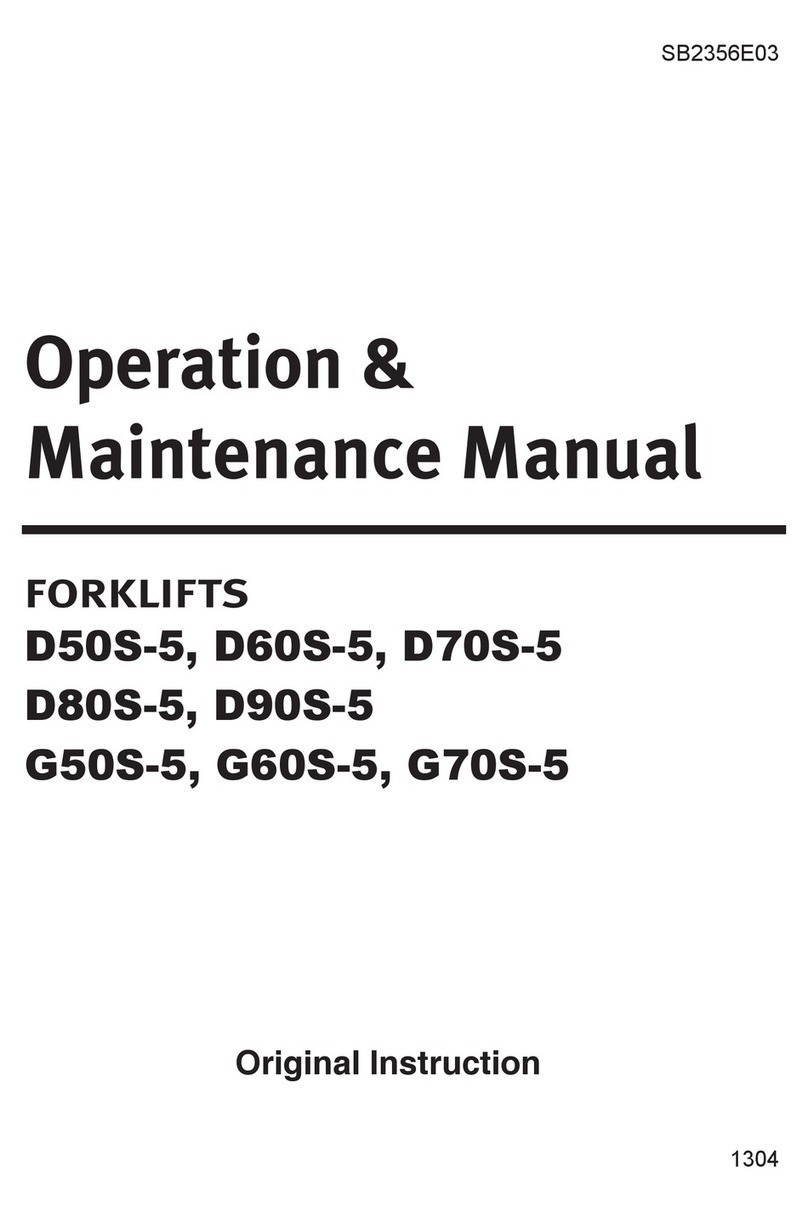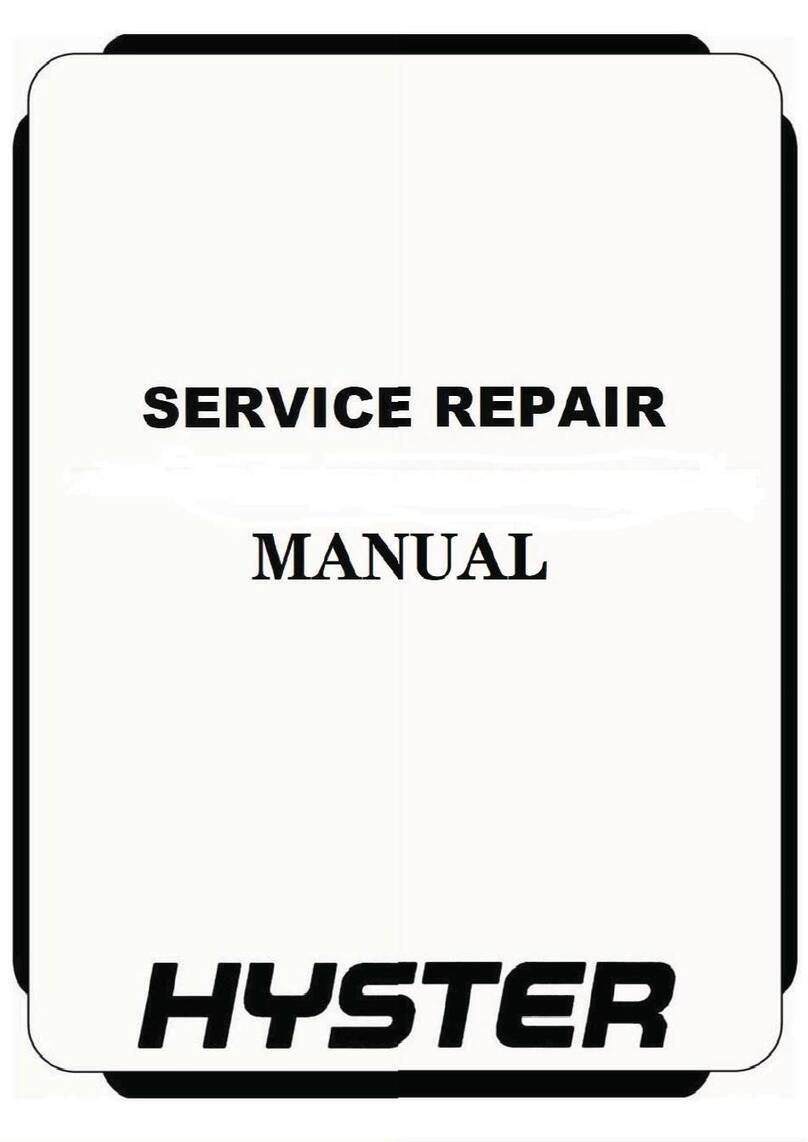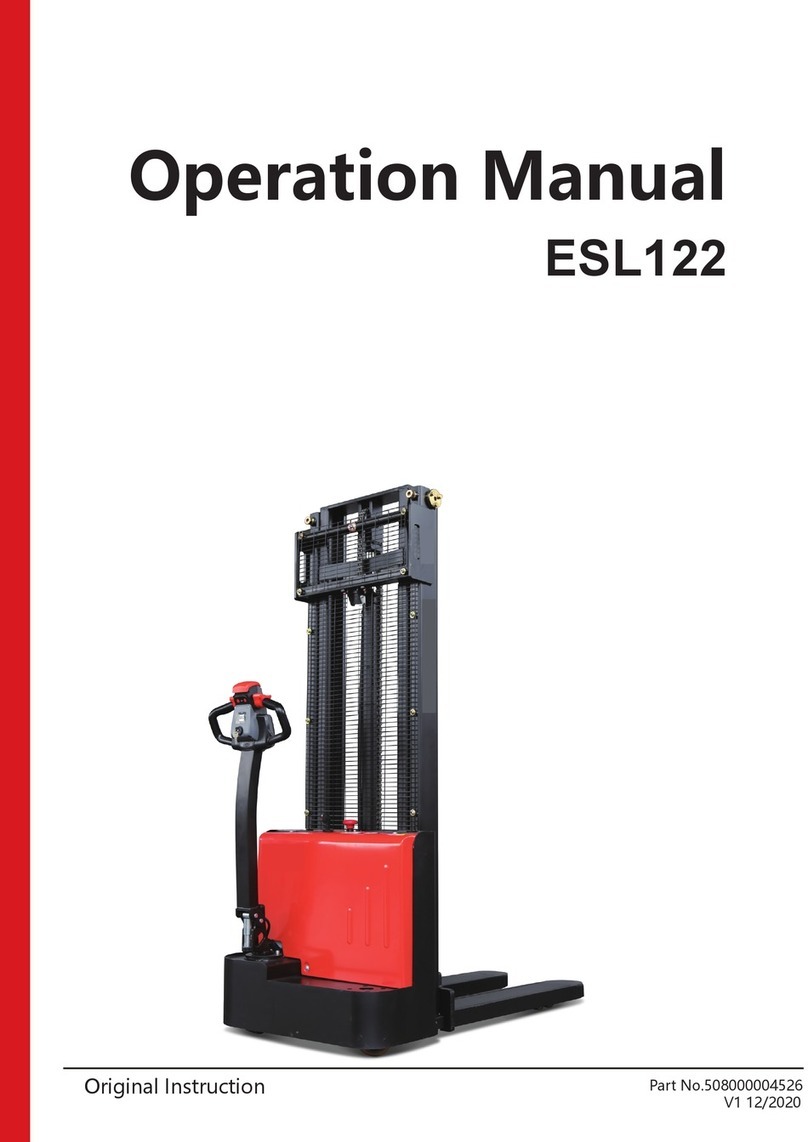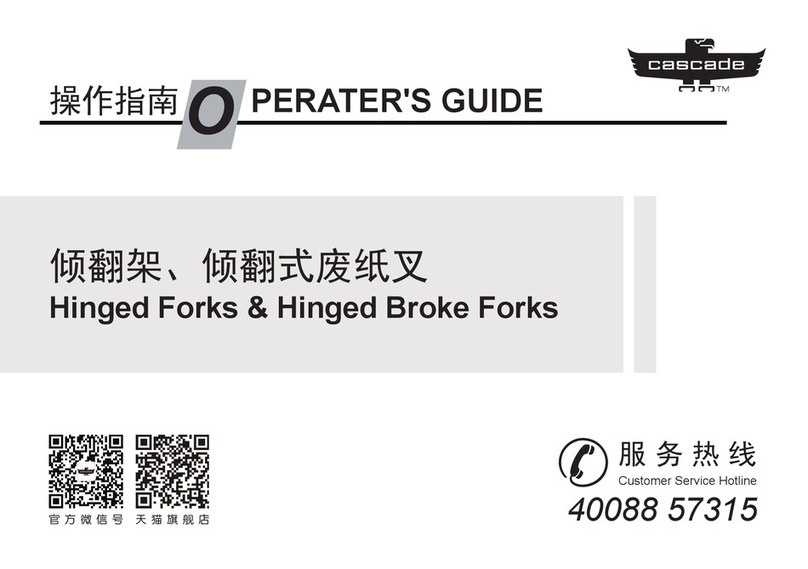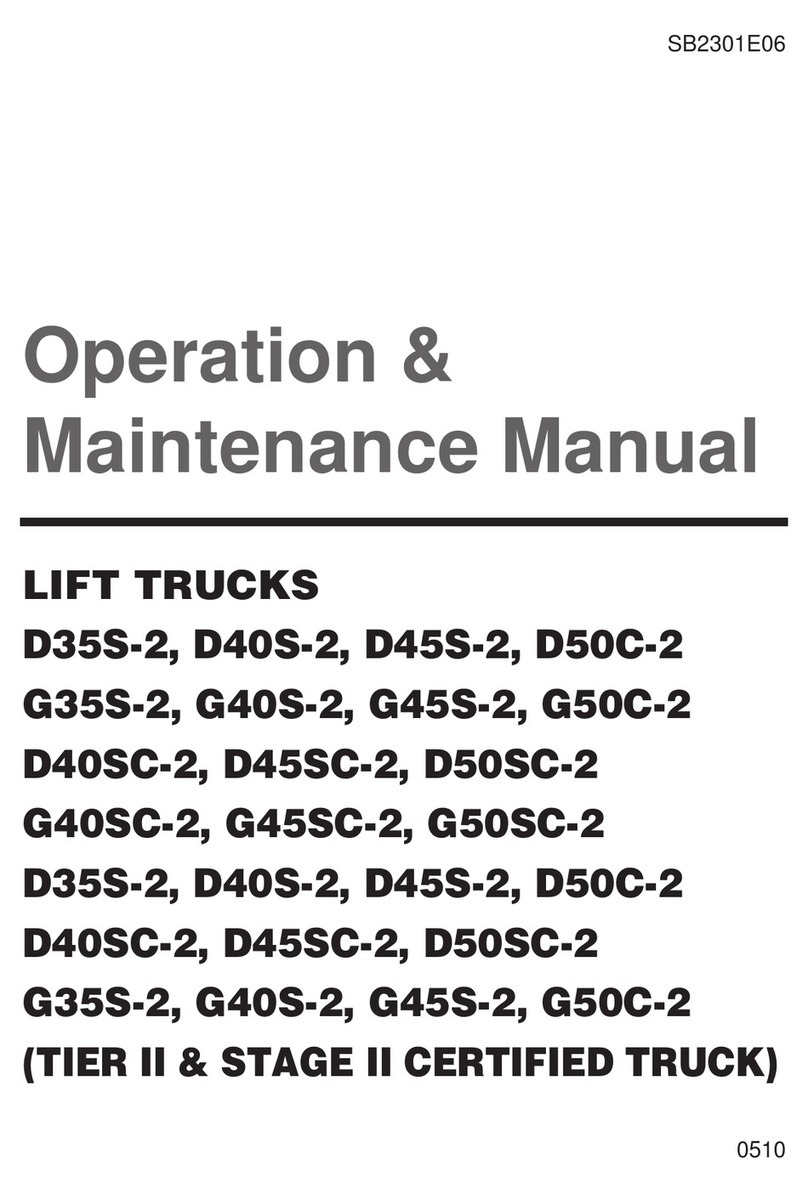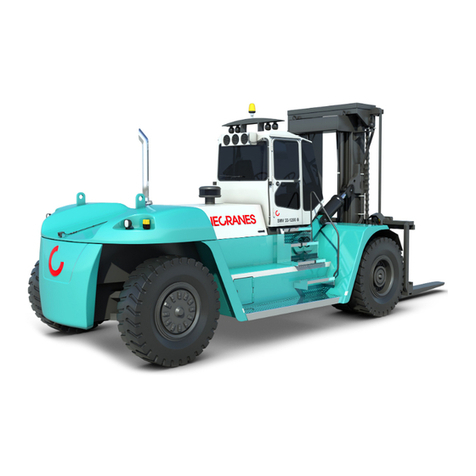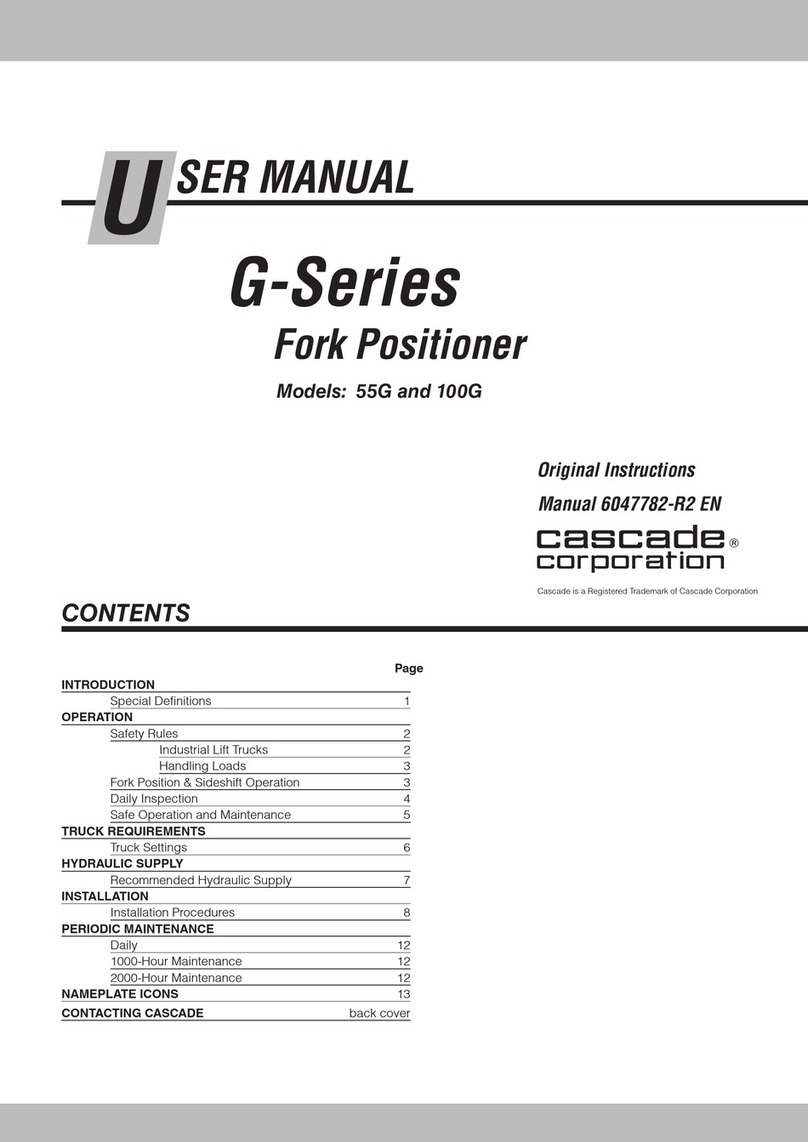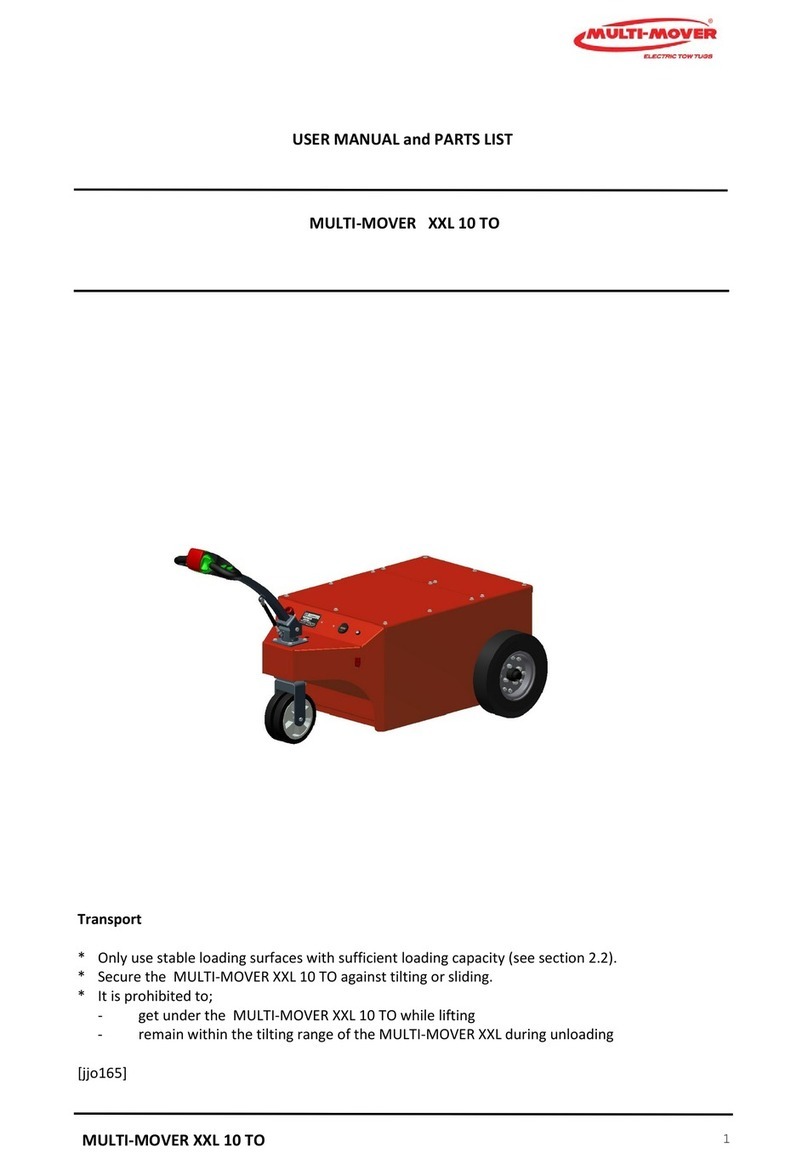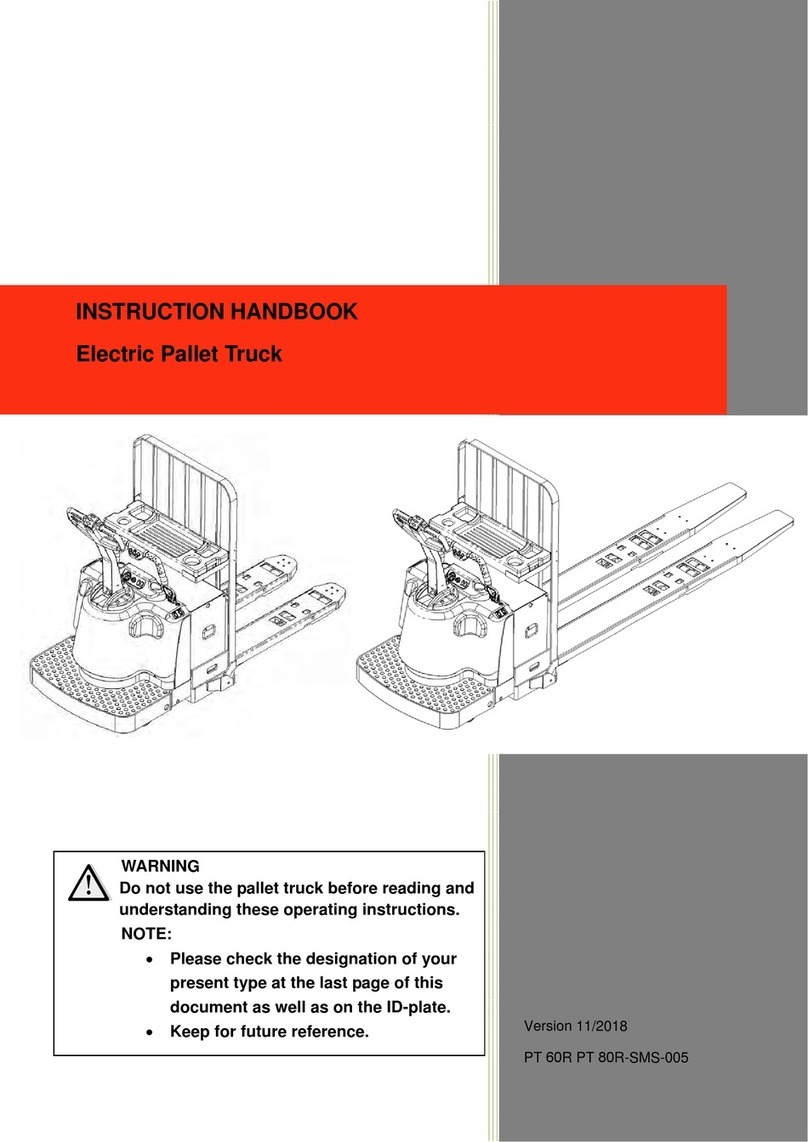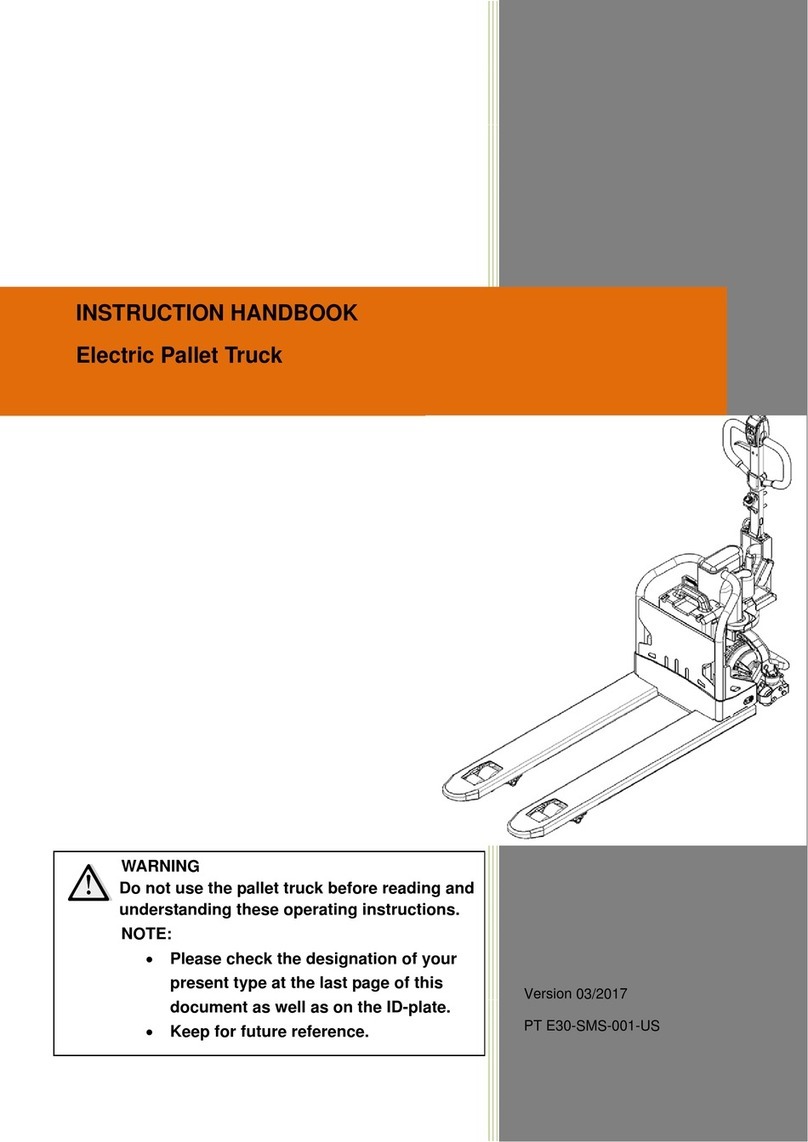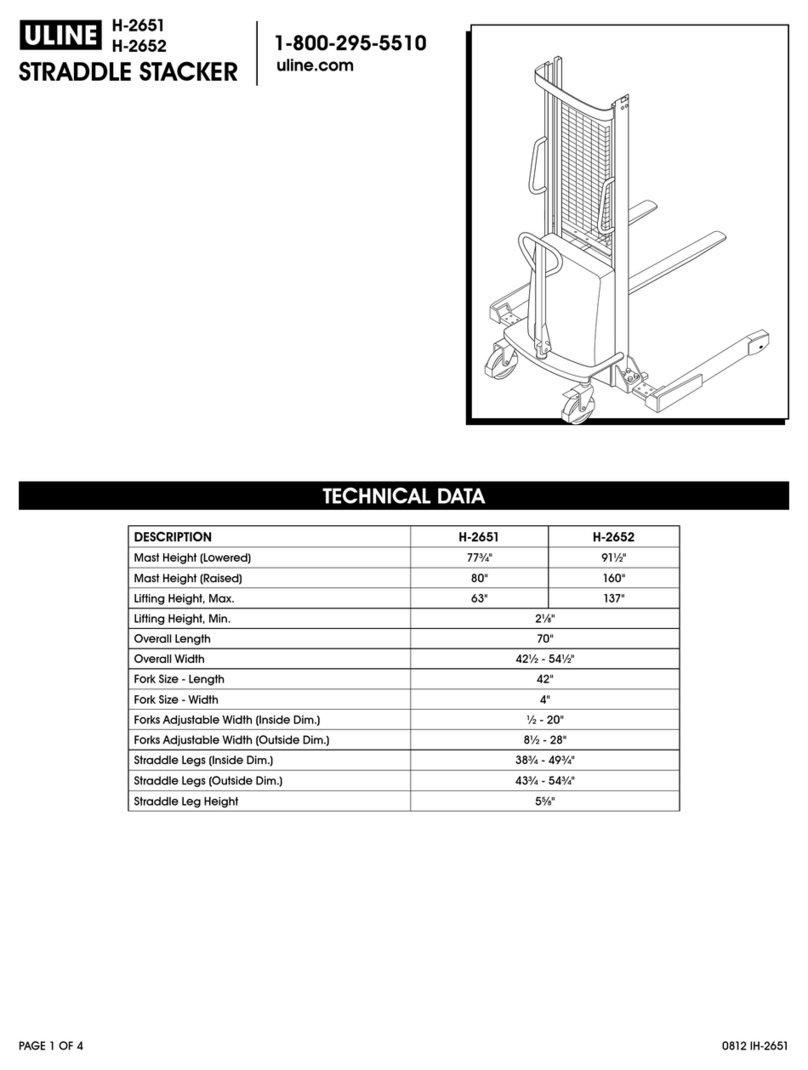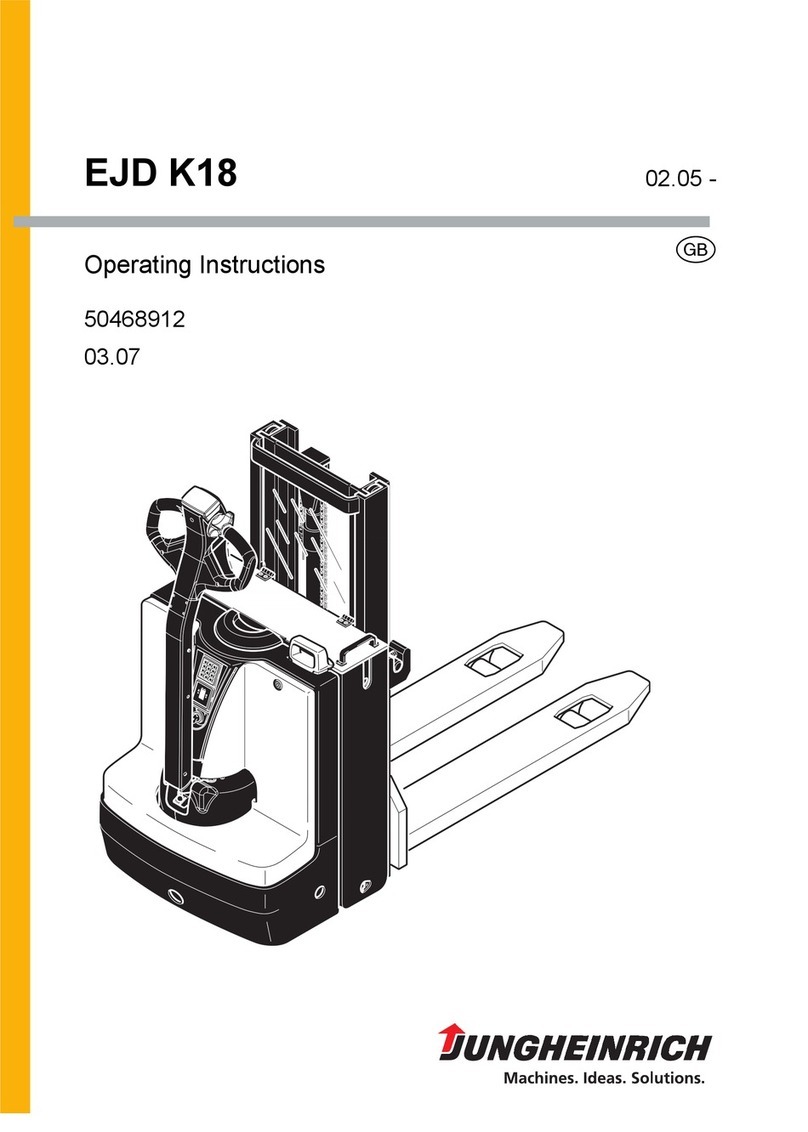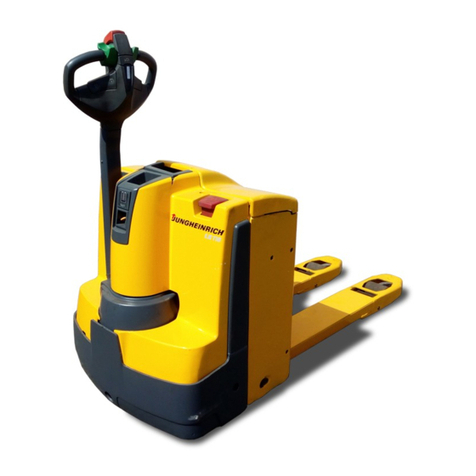Introduction
In order to meet the needs of the national environmental protection request, To
reduce industrial pollution and improve productivity, we develop new series of
EK18RF & EK18RFL Type Counter Balanced Electric Forklift . on the basis of
absorption of the advantages of domestic & overseas battery truck, they are
especially suitable for cargo loading and unloading, handling, stacking, etc. for
food, bank, light textile, station, port, logistics and other enterprises.
This forklift uses advanced structures such as wide-view door frame system, EPS
steering system, new AC controller, open-type light guard, and is equipped with
high-quality motors, traction batteries and high-power pump station motors.
Therefore, it has the characteristics of superior performance, convenient
operation, wide vision, flexible steering, reliable braking, good power, low noise,
no pollution, and beautiful appearance.
This manual describes the technical parameters of the Electric Forklift, working
principle and operation, maintenance, and other aspects. It can help operators
use the truck more reasonable, make its maximum effect.
It is hoped that Operator strictly abide the regulations and the precautions in this
manual when using the truck .Carefully use them so that your truck can be in the
best working condition for long period of time to maximize its effectiveness. And
create better economic benefits.

